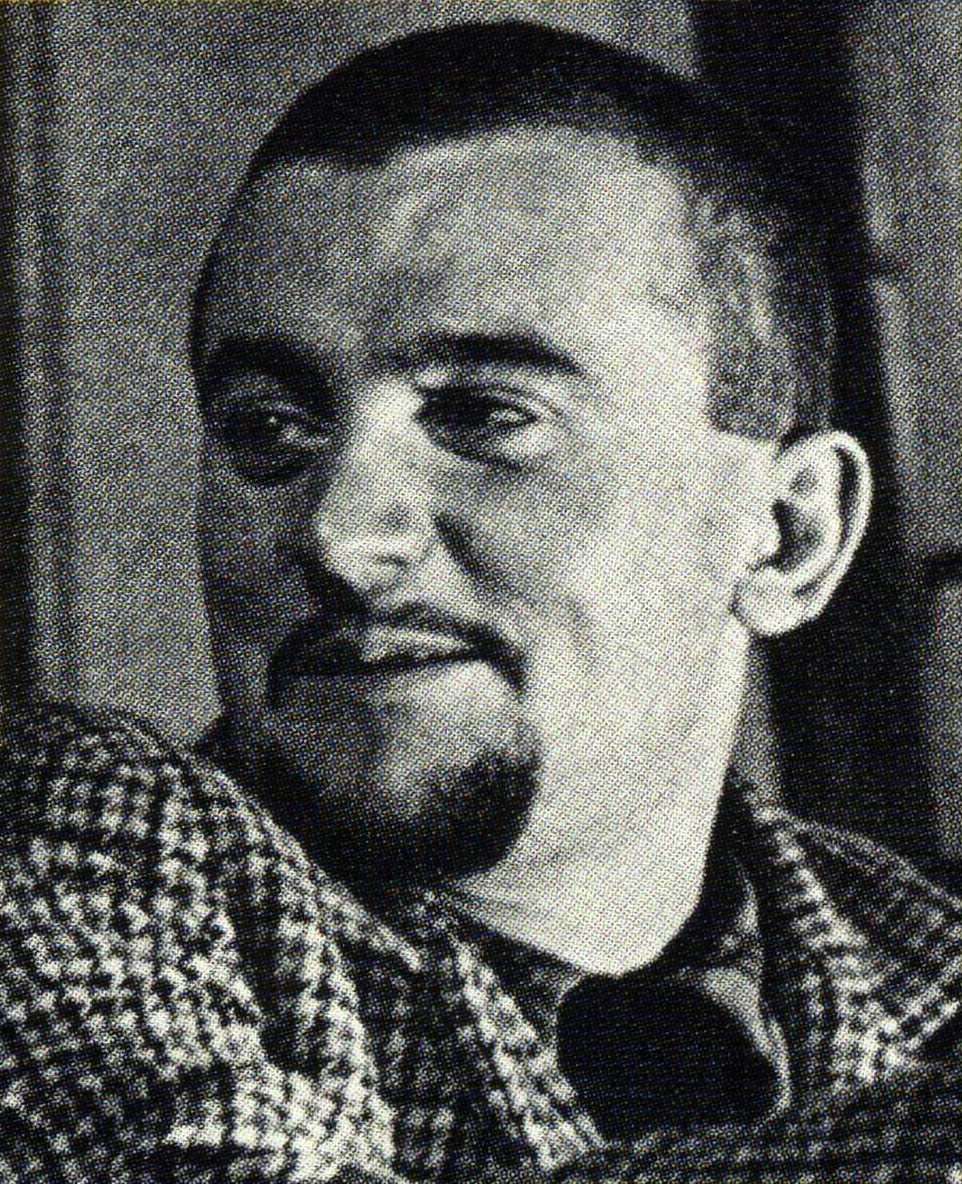Jacques Doucet (Boulogne-sur-Seine 1924 – Parijs 1994)
Jacques Doucet is een Franse schilder en graficus die zijn persoonlijke ervaringen tot uiting brengt in zijn werk. Hij werd tijdens de oorlog door de nazi’s gevangen gezet op beschuldiging van terroristische activiteiten. In zijn cel raakte hij getroffen door de graffiti op de muren. Hij zag het onbeholpene ervan en de onschuld die eruit sprak.
Na de bevrijding sloot Doucet zich aan bij de Cobra-beweging, een groep kunstenaars, verspreid in Europa, die in hun werk ongecensureerde spontaniteit nastreefden. Onder hen bevinden zich ook de Nederlandse schilders Appel, Corneille en Lucebert en de Belg Alechinsky. Een van de belangrijkste overeenkomsten in het werk van deze kunstenaars is het heldere en krachtige kleurgebruik. Doucet gaf zijn eigen interpretatie aan de graffiti, die hem tijdens zijn gevangenschap zo fascineerde, en schiep op deze manier zijn territorium binnen het abstract expressionisme. We zien in zijn werk een zoeken naar evenwicht tussen tegengestelde krachten en emoties, een gevecht van een fijnzinnige, zelfs lyrische natuur.
Zijn werk is te vinden in Stedelijk Museum, Amsterdam; Musée Royal des Beaux-Arts, Luik; Paleis voor Schone Kunsten, Brussel; Museum Boijmans van Beuningen, Rotterdam.
Jacques Doucet is a French painter and graphic artist who expresses his personal experiences in his work. He was imprisoned by the Nazis during the war on charges of terrorist activities. In his cell he was struck by the graffiti on the walls. He saw the clumsiness of it and the innocence that it expressed.
After the liberation, Doucet joined the Cobra movement, a group of artists, spread across Europe, who pursued uncensored spontaneity in their work. Among them are also the Dutch painters Appel, Corneille and Lucebert and the Belgian Alechinsky. One of the most important similarities in the work of these artists is the bright and powerful use of colour. Doucet gave his own interpretation to the graffiti, which fascinated him so much during his imprisonment, and in this way created his territory within abstract expressionism. We see in his work a search for balance between opposing forces and emotions, a battle of a subtle, even lyrical nature.
His work can be found in the Stedelijk Museum, Amsterdam; Musée Royal des Beaux-Arts, Liège; Centre for Fine Arts, Brussels; Museum Boijmans van Beuningen, Rotterdam.


